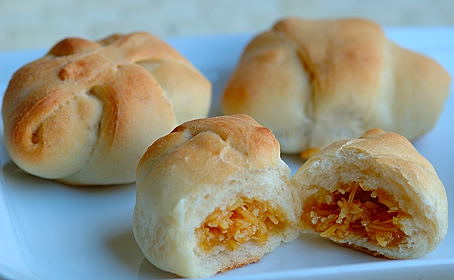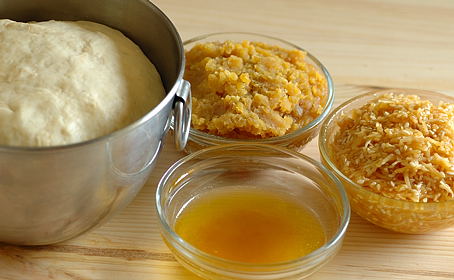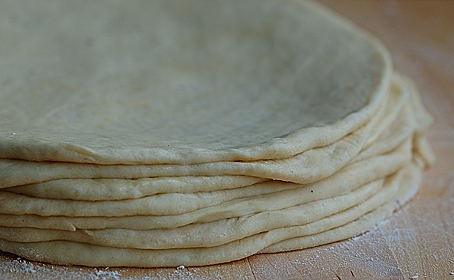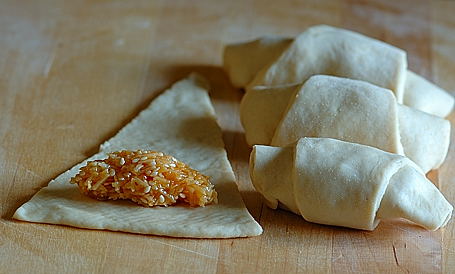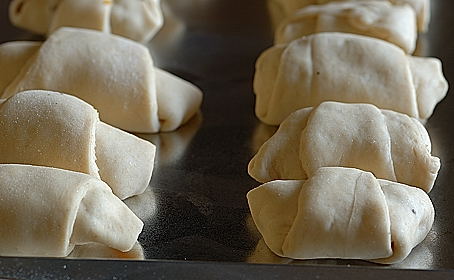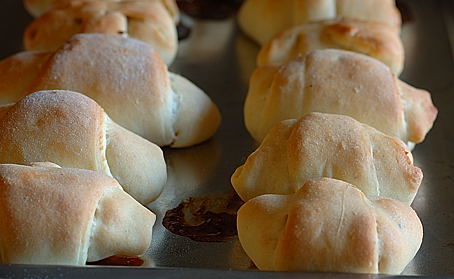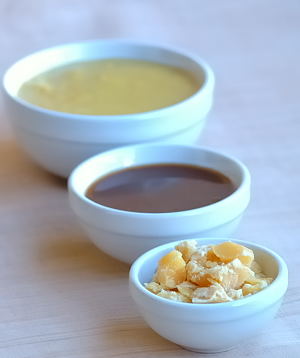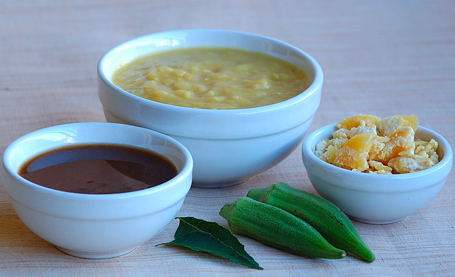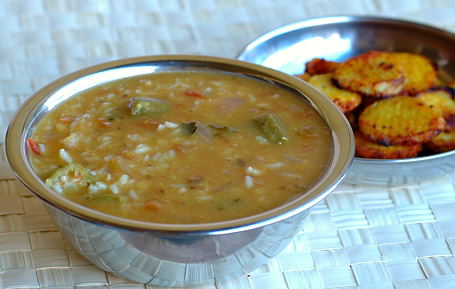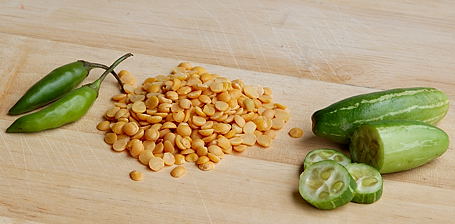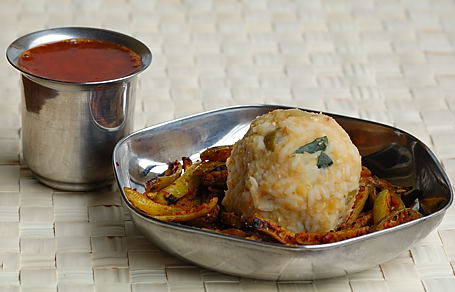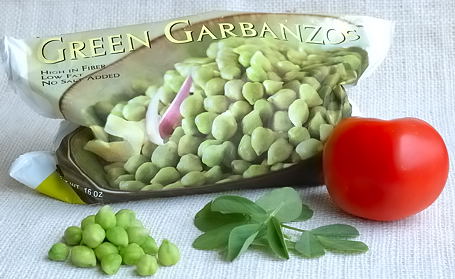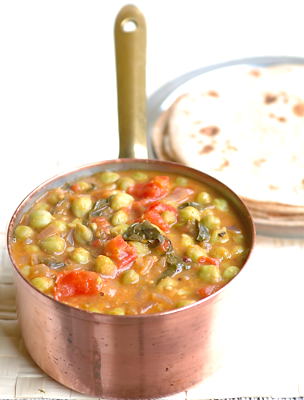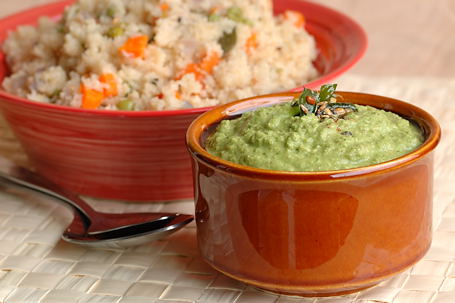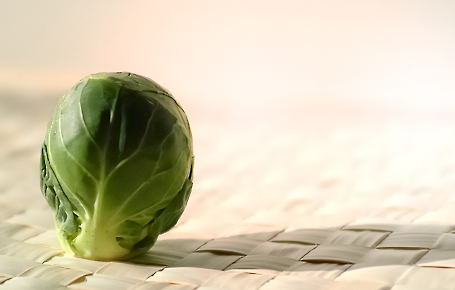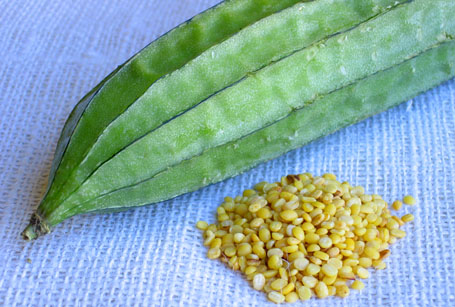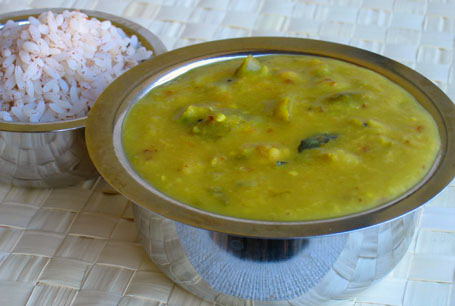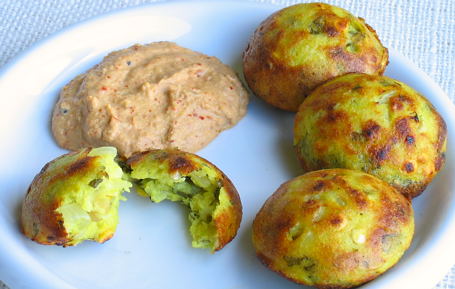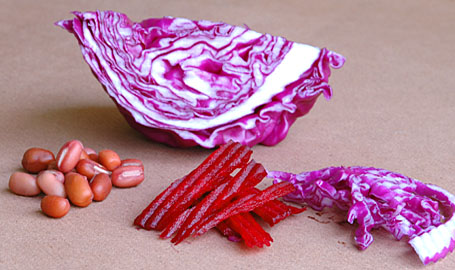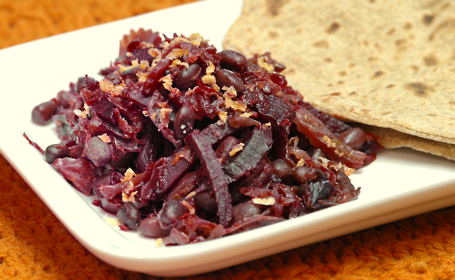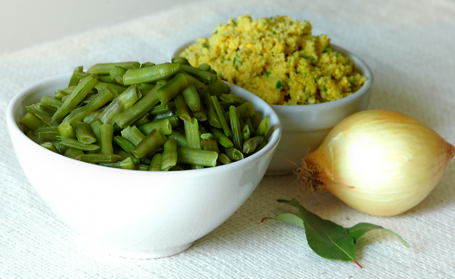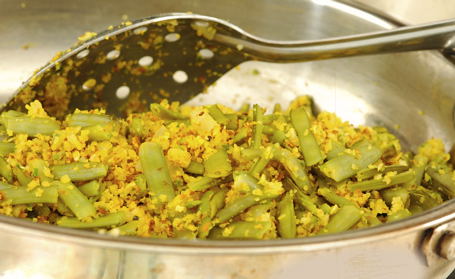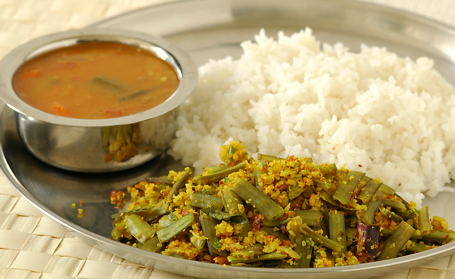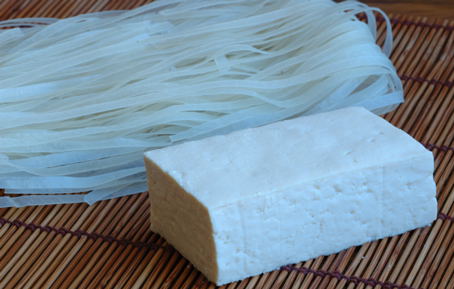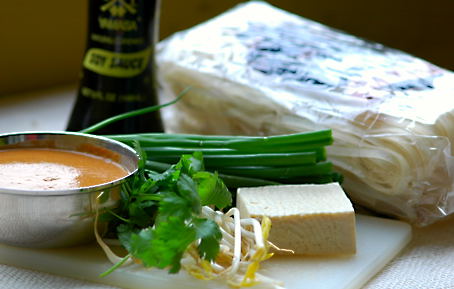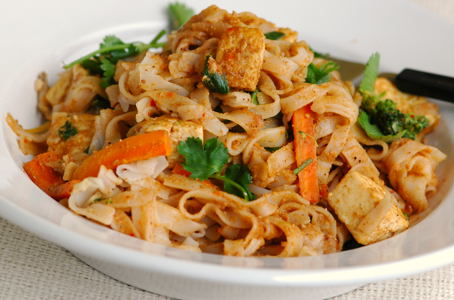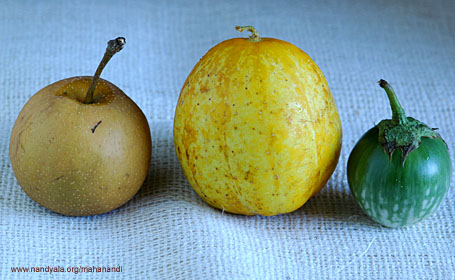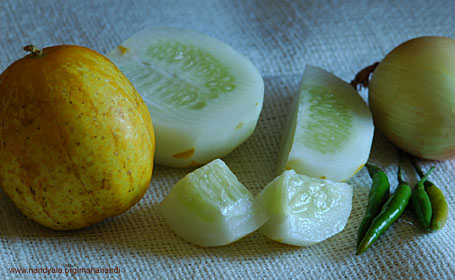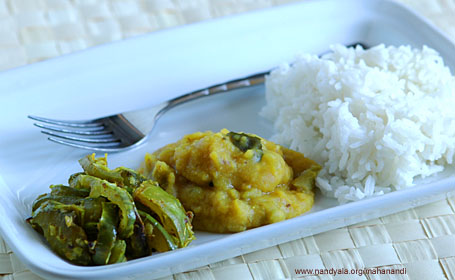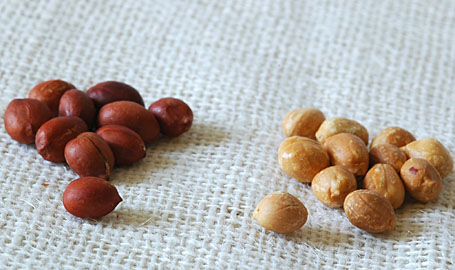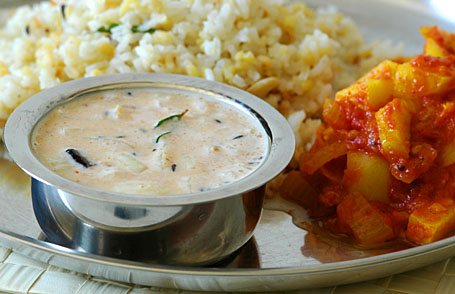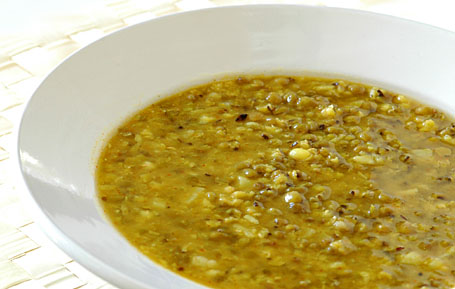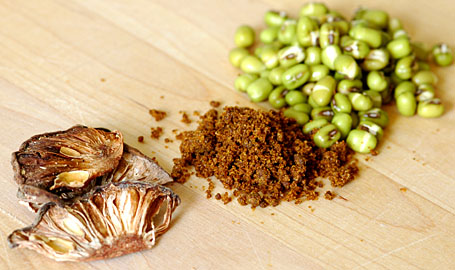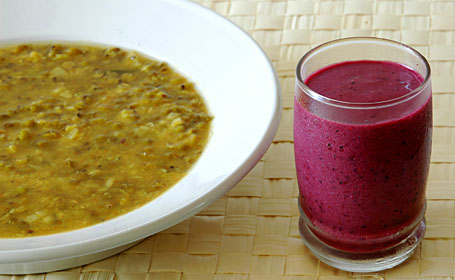I rarely watch Telugu and Hindi movies these days. Back in my teens and twenties, I was quite a moviegoer. Minimum 4 to 6 movies per month, yes that big of a fan. Not anymore. Once enjoyable dramas have now became too much to bear and boring. I get my dramas from current events these days. But I do remember few movies from yesteryears. One such film is Amitabh Bachchan and Sridevi‘s “Khuda Gawa” (God is My Witness) (1992). The movie was shot in then somewhat peaceful Afghanistan. The mountains, the pass – the landscape was breathtakingly captured in that movie and made a memorable impression on my mind.
Recently when I was asked to try out a meatless Afghan recipe from an Afghanistan cookbook by a friend, I immediately replied ‘yes’. Split peas and whole baby okras (leta bendakayalu) cooked to tender in tomato – dill sauce. I tried this recipe two months ago for the photo shoot for NPR. Few additions to taste; now, it’s a regular preparation at my kitchen. Like our sambhar and moong dal aamti, this tasty stew can make a decent meal by itself. This also can be eaten with rice or naan.
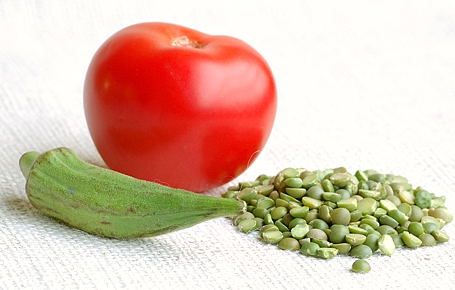
Recipe:
3 cups of split peas soaked in hot water for about one hour
12 to 15 tender baby okra of small finger length – ends removed
6 ripe tomatoes, finely chopped
1 red onion or 2 shallots, finely sliced
¼ cup of fresh dill (acquired taste, optional and avoid if you don’t like dill)
1 tsp each -salt, chilli powder, turmeric and dhania (coriander) powder
1 tsp of oil
Heat oil in a saucepan. Add and cook onions and tomatoes until they soften. Mush them by pressing with a back of big spoon. To this sauce, add okra, dill, split peas, all the seasoning and two cups of water. Cover and simmer the whole thing for about 20 minutes on medium-low heat. Until okra and split peas become tender and the stew reaches the thickness you desire. Serve warm.
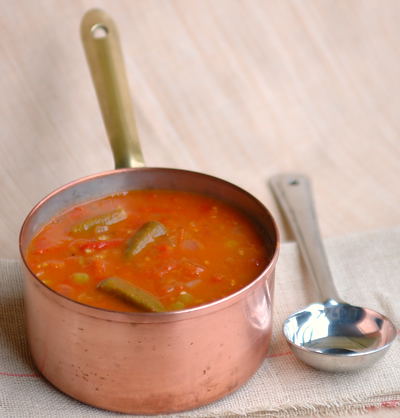
Pot of Okra and Split Pea Stew
Warming up Winter Days ~ for Rosie’s “Spice is Right” Event
Recipe source and adapted from –
“Afghan Food & Cookery: Noshe Djan” by Helen Saberi and from NPR’s Kitchen Window – “Discovering Afghan Cuisine, a World Away” by Vijaysree Venkatraman
